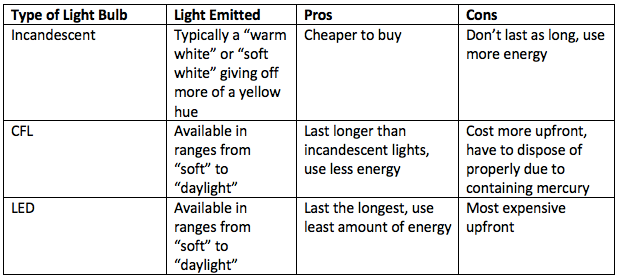Cathedral Ceiling versus Coved Ceiling
- Tim Kraemer
- Feb 18, 2020
- 1 min read
For the month of February our Wednesday blogs will feature two different types of ceilings. We will compare the two and then we’ll let you choose which one you’d rather use!
Cathedral Ceiling versus Coved Ceiling
A look at Cathedral Ceilings:
Cathedral ceilings (also known as vaulted) are upside-down V shaped ceilings with equally sloping sides. They are tall-typically reaching 15 feet or higher. The ceiling attaches directly to the roof trusses and it is important that the trusses themselves are wide enough to allow proper ventilation and insulation. It can be a challenge to paint cathedral ceilings and change light fixtures due to the unique shape. Cathedral ceilings give an open, spacious feel and can often be found on first-floor living rooms and dining rooms as well as master bedrooms and baths. They can also give a look of warmth and elegance. One downfall of Cathedral ceilings is the fact that they create so much space which requires extra heating and cooling.

A look at Coved Ceilings:
Coved ceilings are created with a curved molding that goes from the main wall of a room up to the actual ceiling which creates a round surface. This smooth transition creates a soft and subtle look. The molding is often painted to match the floor molding of the room. Coved ceilings are often found in formal rooms but can also be used to separate one living space from another. Coved ceilings can also be put into the same category as tray ceilings as they create another level of depth in the ceiling.

Which ceiling style would you choose?




Comments